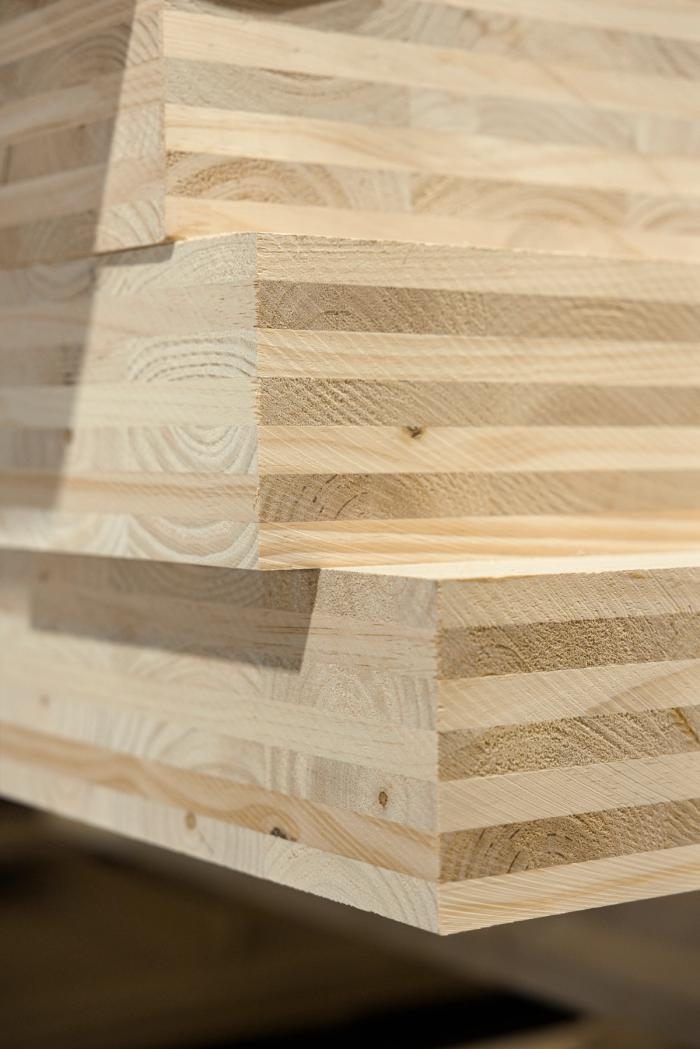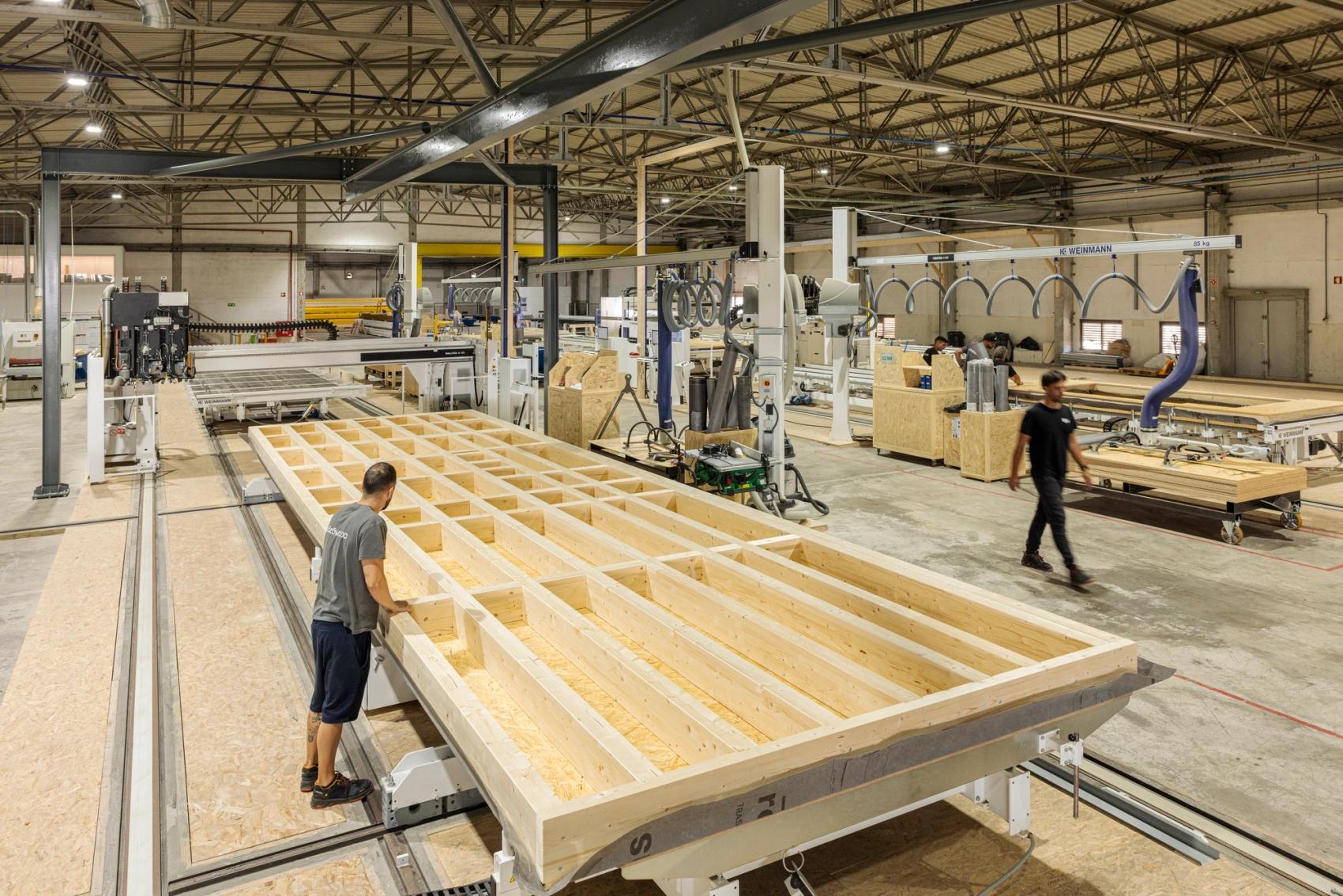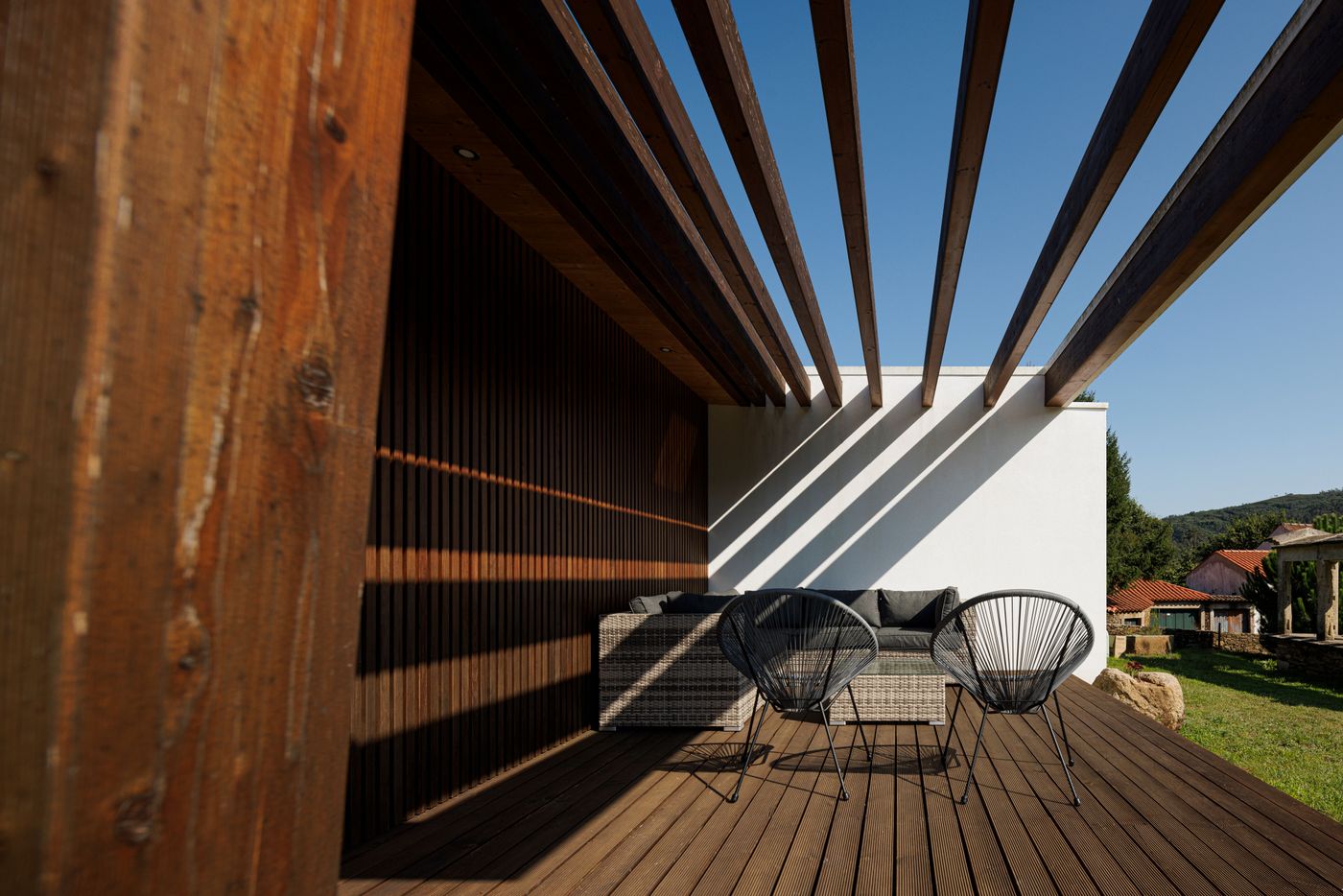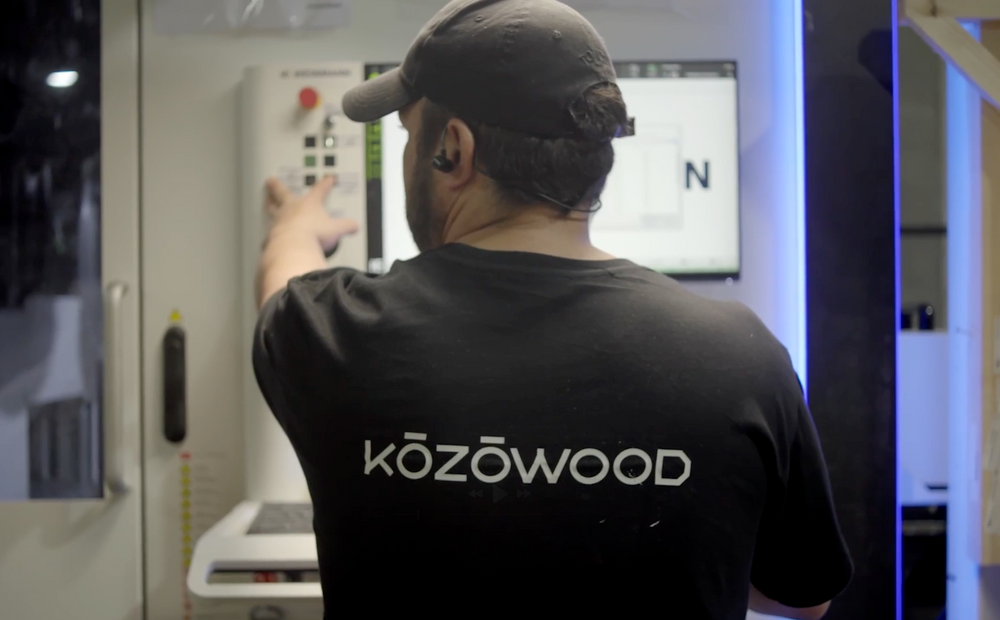(01)
Environmental Advantages
Environmental Advantages of Timber Construction
Concerns about sustainability are also becoming evident in the construction industry, and among sustainable building options, timber houses are the most sensible choice. This is because natural resources are continuously diminishing, and climate change remains an obvious and evident reality.
Sustainable constructions should:
- Optimize the use of natural resources in order to collaborate with nature;
- Not use them improperly or excessively;
- Give preference and priority to materials sourced from renewable sources;
- Respect environmental principles;
- Proceed with construction that meets the needs of the surrounding environment;
- Respect that same environment;
Analyze the location and positioning of the construction, opting to adapt it to the surrounding environment, ensuring lower energy consumption and better utilization of all natural elements.
The use of timber in construction presents several notable environmental benefits, such as reducing energy consumption during the building's lifespan due to its insulating properties, which provide greater energy efficiency. Timber is also characterized by being a simple and less intensive material to process, resulting in a reduction of any environmental impact.
As a renewable resource, this material can be grown and regenerated, unlike non-renewable materials such as concrete and steel. For this reason, timber production consumes much less energy compared to these building materials, resulting in lower greenhouse gas emissions. Additionally, trees, during their growth process, absorb large quantities of carbon dioxide, which subsequently reduces the impact of climate change; thus, timber demonstrates strong carbon sequestration capabilities.
Through the life cycle of concrete, steel, or timber, we can observe that timber stands out in terms of air pollutant emissions, the energy it incorporates, gas emissions, and solid waste production, being characterized by its production capacity, supported by planted forests.
(02)
Adaptability of Timber
Adaptability of Timber: Customized Solutions
Adaptability is fundamental when designing buildings in any dynamic urban environment, and timber offers great flexibility in this regard. It can be shaped, curved, and combined with other materials to create unique and visually appealing structures. Additionally, the natural appearance of timber provides an aesthetic appeal that many other materials cannot match.
Regarding sustainability, the adaptability of timber also allows for a circular approach to construction, where timber elements can be reused or recycled in other projects, maintaining resource efficiency over time. Buildings constructed with modular timber systems, for example, can be easily expanded, modified, or disassembled, providing long-term flexibility without significant waste.
Furthermore, timber facilitates the personalization of interiors by offering a wide range of finishes, colors, and natural textures. This way, designers and architects can create spaces that not only reflect users' aesthetic preferences but also enhance well-being and thermal comfort, thanks to timber's natural properties as a breathable material and humidity regulator.
The growing integration of digital construction and BIM (Building Information Modeling) in the industry has allowed for the exploration of new frontiers of customization with timber. Digital tools facilitate the precise planning of cuts, joints, and assemblies, optimizing timber use and reducing waste. These innovations help align projects with the increasing demands for efficiency, customization, and sustainability that are highly valued in the construction sector.
(03)
Timber Frame and CLT
Timber Frame and CLT: Flexible and Innovative Solutions
Timber Frame / Wood Frame and CLT are two construction methods that offer significant robustness and sustainability, along with various advantages such as comfort, aesthetics, speed of construction, lightness, and strength. These building systems represent a meaningful shift towards the industrialization of construction, providing an efficient and sustainable alternative compared to conventional methods.
The Timber Frame construction system allows for complete design flexibility due to the easy adaptation of panels to various architectural shapes and styles, enabling the creation of entirely customized and unique spaces. This system is moving towards a more sustainable future in the construction industry and represents a strong option for those looking to build efficiently and responsibly, given its advantages and excellent popularity.
CLT, being an innovative and resilient building material, is the ideal choice for any low environmental impact construction project. It offers advantages that other building materials do not, such as its ability to help capture carbon from the air, thereby reducing CO2 levels in our atmosphere. CLT is also integrated into various sustainable building projects, such as Green Building initiatives and ESG (Environmental, Social, and Governance) policies.
In construction, the use of CLT (Cross-Laminated Timber) is crucial for achieving Net Zero due to its carbon sequestration capacity. It also contributes to obtaining certifications for sustainable buildings, such as LEED (Leadership in Energy and Environmental Design) and BREEAM (Building Research Establishment Environmental Assessment Method), which consider various factors like the use of sustainable materials, energy efficiency, waste management, among others. As CLT is a renewable material with a low carbon footprint that helps reduce waste in construction, it meets all these criteria.


(04)
F.A.Q. - Frequently Asked Questions?
What is BIM?
BIM, or Building Information Modeling, is the holistic process of creating and managing information for a built asset. Based on an intelligent model and enabled by a cloud platform, BIM integrates structured and multidisciplinary data to produce a digital representation of an asset throughout its lifecycle, from planning and design to construction and operations.
What is a carbon footprint?
The carbon footprint is a methodology created to measure greenhouse gas emissions throughout the lifecycle of a product, process, or service, and it includes both direct and indirect emissions of compounds such as carbon dioxide and methane. The carbon footprint allows for the calculation of the impact of human activities on the environment and identifies the amount of greenhouse gases released into the atmosphere.

